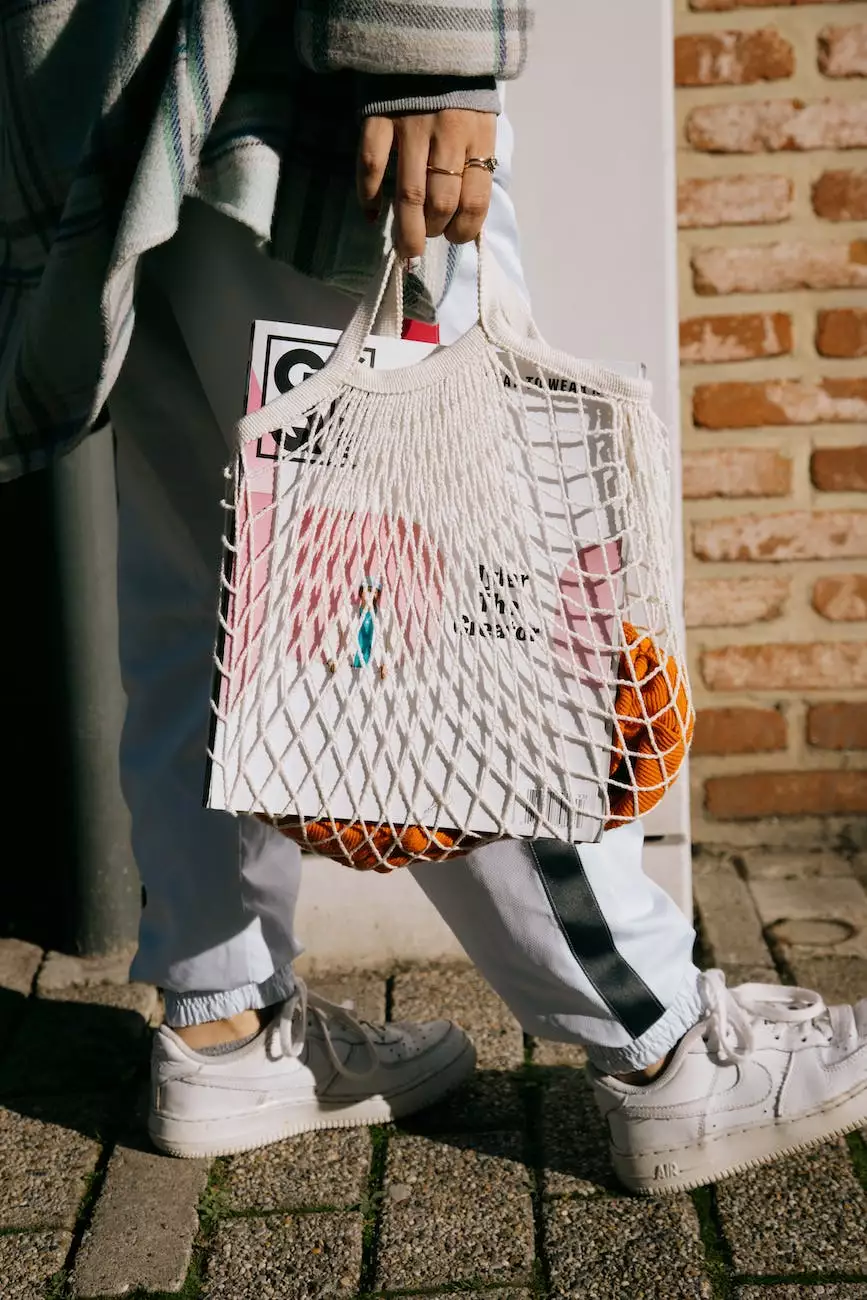Psychology of Color: How Color Affects Brand Perception
Marketing Tips
The Power of Color in eCommerce & Shopping
In the competitive world of eCommerce & Shopping, understanding the psychology of color can significantly impact brand perception and ultimately influence customers' purchasing decisions. Properly utilizing color in web design, branding, and marketing efforts can evoke powerful emotions, establish a strong brand identity, and create a memorable and engaging user experience.
Understanding Color Psychology
Color psychology is the study of how colors influence human behavior and emotions. Different colors have distinct meanings and evoke specific emotions in individuals, making them a crucial aspect of branding.
Red: Energy, Urgency, and Excitement
The color red is associated with energy, urgency, excitement, and passion. It grabs attention and creates a sense of urgency, making it an excellent choice for eCommerce websites offering limited-time deals or promotional offers. Red can also represent power and strength, making it suitable for certain product categories, such as sports equipment or automotive products.
Blue: Trust, Security, and Reliability
Blue is often associated with trust, security, and reliability. It is a favorite color for many leading tech companies, as it conveys a sense of professionalism, dependability, and credibility. Using shades of blue in your eCommerce website can build trust with your customers and encourage them to make purchases confidently.
Yellow: Optimism, Happiness, and Freshness
Yellow is often associated with optimism, happiness, and freshness. It is an attention-grabbing color that can evoke positive emotions and create a sense of warmth and friendliness. Incorporating shades of yellow into your eCommerce website can create a cheerful and welcoming atmosphere, particularly for brands offering lifestyle or wellness products.
Green: Health, Growth, and Sustainability
Green is commonly associated with health, growth, and sustainability. It is a versatile color that can represent nature, freshness, and eco-friendliness. For eCommerce brands focusing on organic or sustainable products, incorporating shades of green into their website can convey a strong commitment to environmental responsibility and attract like-minded customers.
Purple: Creativity, Luxury, and Royalty
Purple is often associated with creativity, luxury, and royalty. It can create a sense of elegance, sophistication, and exclusivity. Luxury eCommerce brands often leverage shades of purple to convey a premium feel and attract customers seeking high-end products or experiences.
Orange: Energy, Enthusiasm, and Warmth
Orange represents energy, enthusiasm, and warmth. It is a vibrant color that can evoke excitement and create a feeling of enthusiasm. Brands targeting a young and energetic audience can incorporate shades of orange into their eCommerce website to create a lively and dynamic impression.
Choosing the Right Color Palette for Your Brand
When selecting a color palette for your eCommerce brand, it's essential to consider your target audience, the industry you operate in, as well as the emotions and experiences you want to evoke. A well-aligned color palette will help you establish a strong brand identity, resonate with your customers, and differentiate yourself from competitors.
Strategies for Effective Color Implementation
Once you have identified your brand's color palette, implementing it effectively across your website is crucial to optimize its impact on brand perception. Here are some strategies to consider:
Consistency is Key
Consistency is key when it comes to color implementation. Ensure that your chosen colors are consistently used across your website, from the logo and headers to buttons and call-to-action elements. Consistency creates a unified and professional look, reinforcing your brand identity and making it easier for customers to navigate and interact with your online store.
Contrast for Visual Hierarchy
Using contrasting colors strategically can help establish a visual hierarchy and guide users' attention to essential elements on your website. For instance, contrasting your primary color with a complementary or accent color for call-to-action buttons can make them stand out and encourage clicks, leading to increased conversions.
Test and Analyze
Color preferences and their impact on users can vary significantly. Regularly test and analyze different color variations to see how they impact user behavior, engagement, and conversion rates. Split testing different color schemes can provide valuable insights that can help you continuously optimize your website's design for maximum effectiveness.
The Impact of Color on Brand Perception
Understanding and leveraging the power of color can significantly influence how your brand is perceived by your target audience. When used effectively, color can create a memorable and emotionally engaging experience, making your brand more relatable, trustworthy, and influential in the minds of consumers.
In Conclusion
In the highly competitive eCommerce & Shopping industry, the psychology of color plays a vital role in brand perception. By understanding the emotional impact of different colors and effectively implementing them throughout your website and branding, you can create a unique and compelling customer experience that differentiates your brand, fosters trust, and drives sales.










